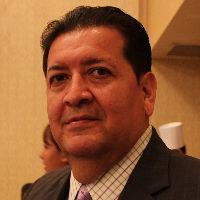 Dear Partners, friends and collaborators of ALAS.
Dear Partners, friends and collaborators of ALAS.It is an immense pleasure to have the opportunity to address you to express my gratitude for the vote of confidence placed in me to be the new president of ALAS.
I want to thank first infinitely the work that our two previous presidents have done: Carlos Fernández Valerio and Luis González Nogales. I also thank the Board of Directors of ALAS whose members have enriched and achieved what today makes ALAS a safety association committed to the training of industry professionals and one of the primary resources for the security market in Latin America.
As President of ALAS, it is gratifying to inform you that last July the first ALAS Management Summit was held, with attendees from countries such as Bolivia, Ecuador, Brazil, Chile, Colombia, Costa Rica, El Salvador, the United States, Guatemala, Honduras, Mexico, Nicaragua, Panama, Paraguay, Peru, Puerto Rico, the Dominican Republic and Venezuela. The ALAS Management Summit brought together owners, managers and directors of security companies in Latin America in a forum designed especially for them and met the expectations of offering seminars and presentations in an environment focused on issues that are not possible to address in the day to day of companies.
The ALAS Management Summit was equally propitious for the oath and taking of position, of this, his servant, as the new President, who receives the position with great humility and responsibility to face the great challenges and tasks that we all have in the association.
One of the most important tasks and current commitment is to expand the training courses to incorporate the advances that technology offers us at a rapid pace. So is decentralizing the availability of instructors and making them more affordable across the region to serve as hubs and consultations for industry professionals.
Another important task is the 2011 ALAS Management Summit, which we will begin to report on as the headquarters, organizational details, preliminary conference program, speakers, among other aspects, are specified. For this we will take into account the expectations and suggestions presented by the attendees at our last summit in July.
Another important function is to reach all countries and interrelate interests with local security associations, chambers and security union institutions at regional levels, institutions such as chambers of commerce and universities. It will also seek to formalize commitments in each country so that ALAS represents the guide and is responsible for the preparation and training of professionals who provide knowledge to end users, so that they can identify and discriminate their needs. This way they will be able to make the decisions that best accompany their investments, endorsed by trained and certified professionals with the highest demands and technological knowledge.
The challenges are great and we can overcome them by working as a team, to share them with all the professionals of this great industry.
A big hug for everyone,
Eduardo V. Vargas
President
The 10 most frequently asked questions about CCTV
As a result of the inquiries that the Inalarm technical support department has collected, we present this document that collects some of the most frequently asked questions about CCTV.
By: Eduardo Güemes, technical support manager of Inalarm and Eng. Ricardo Orozco, collaborator of Inalarm*
1- Question (P). I have a client with a place with luxury finishes, but the architect did not think of a security system. We have been called to install a CCTV, on the condition that we cannot lay visible wiring, let alone break walls. What do you recommend us to do?
Answer (R). Here it seems that the use of wireless cameras is indicated, but, in addition to the high cost of the system, there is the problem that the walls of our constructions usually behave as shielding for the signals emitted by the wireless equipment. It is suggested that in case of proposing wireless equipment, the client be clarified the limitations that may exist due to changes in the premises that affect the signal and above all perform a physical test in the premises to observe the result.
2- P. How do I solve the problem of putting a camera in an elevator?
A.- That work has to be done in combination with the company that installed the elevators of the building in question. This is not a special camera; you simply have to choose a model that is discreet and can be placed on top of the elevator; of course, it is convenient to provide it with a lens of a few millimeters in order to have a wide angle of vision.
It is also necessary to acquire a UTP cable of high malleability, that is to say that it is very flexible and resistant, in a sufficient length for the height of the building, because that cable is installed together with the power cable of the elevator itself, for that reason it is important that it is an installation with UTP, so that the interference that causes the stop and start of motors of a lot of current does not influence the line. Once it leaves the elevator the cable can be carried to the control room as one of the cameras in the system.
3- P.- I want to connect a DVR to the Internet, what do I need?
A.- The first thing is that it constitutes an internal network, that is, a LAN or Ethernet, using the modem / router that your internet service provider gave you, the same that can usually work by wireless or wired means. That indoor network must have a PC connected in order to be able to see all the cameras in the system on it. The next step is to proceed to connect the modem to the Internet to acquire a public address that allows you to go out to the Internet. The procedure seems simple, but if you do not have experience, it is better to support yourself with someone who has it, because it requires the management of IP addresses, Gateway address, opening ports, monitoring the actions of the firewall and many small details that make the matter complicated for those who have no experience in computer matters.
4- P.- I would like to know what a video codec is.
A.- A video codec is a device or software that allows the compression and / or decompression of digital video. All devices that work with digital audio and/or video signals require a form of encoding when recording and then a decoding medium to be able to reproduce them. There are numerous decoder programs and without the correct "codec", it may be impossible to view or listen to a file.
5- Q.- What is the use of a video server?
A.- A video server is connected to a network of computers as part of a local area network (LAN), it can offer live video, automatically or on demand, to a web browser or other professional security applications. The interesting thing is that it has BNC connectors to receive signals from analog cameras and doing the corresponding digitization, prepares those signals to be sent in packets through the TCP / IP protocol, thus preparing them to be transmitted via private or public networks (internet).
6-Q.- Are there any Mexican regulations or standards that serve as a guide for installers of security systems?
A.- Explicitly addressed to installers of safety equipment, there is not even a basic regulation that is official, however, when conflicts arise, the Official Mexican Standard NOM-001-SEDE is usually applied, which is actually aimed specifically at electrical installations but applies throughout the country. I also recommend that you acquire the NEC (National Electric Code) which is the source where the Official Mexican Standard emerged.
7- Q.- What should be understood by the term "impedance"?
A.- Impedance is the equivalent of electrical resistance that only occurs with alternating current and largely depends on frequency. It is represented by the letter Z and measured in ohms.
8- P.- I have always had the desire to ask why some specifications when pointing out the power of the equipment, indicate something like: 15 VA?
A.- The initials VA stand for Volt Amper which is the unit of "Apparent Power".
In direct current (or direct) it is equal to the power, but in alternating current it can differ, depending on the power factor. this value is mainly used to determine the capacity of the equipment and feeder cables at an electrical load although in the case of cables the value of the current intensity may suffice
9- P.- Sometimes I have read that this or that camera has a "pinhole" lens and I have not known what it refers to.
A.- Pinhole lenses are distinguished because the part that sees the lens is of very small diameter. We could almost imagine a wide cone at the base that attaches to the camera and sharp at the other end. A camera equipped like this, does not require an open field to capture the image, but can be placed behind an object and only leave the lens a perforation of 3 or 4 millimeters and through that tiny hole the camera can capture the entire image with a good opening angle. As a distinctive feature of this type of lenses, is that due to the high F-Stop value associated with them, more light will be required in the scene to obtain a useful image.
10- Q.- What advantages do I get when using Direct Control (CD) lenses?
A.- In essence, functionally there is no difference between video-controlled auto iris lenses and Direct Control lenses. Auto iris lenses that are controlled by video are more expensive, CD type auto iris lenses are less expensive since they do not have the electronic amplifier circuit to control the lens motors. The above has been a factor of weight so that currently predominate offers of this type of lenses.




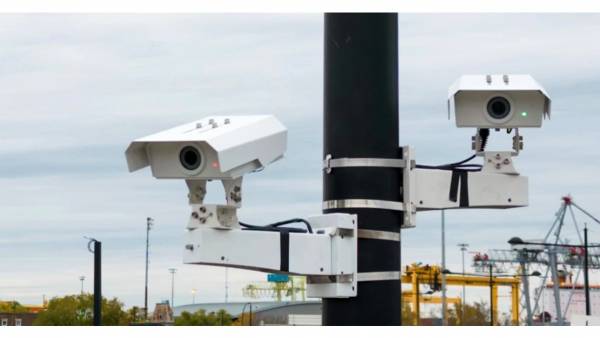
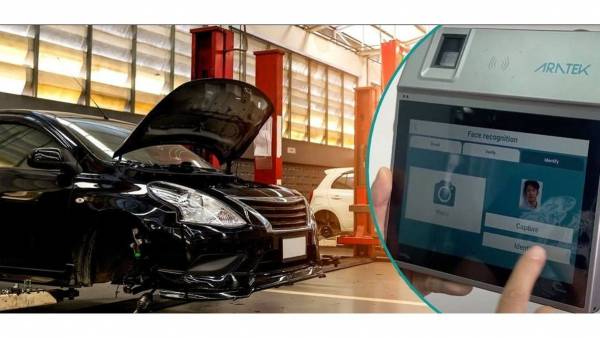
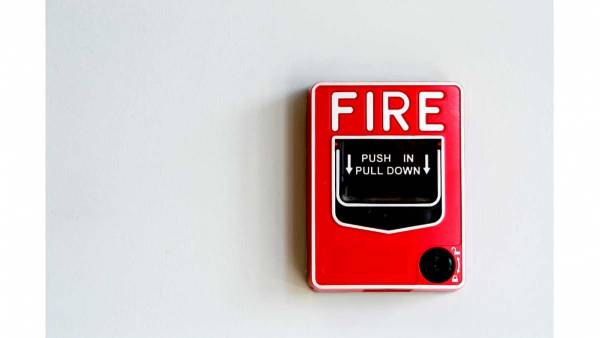
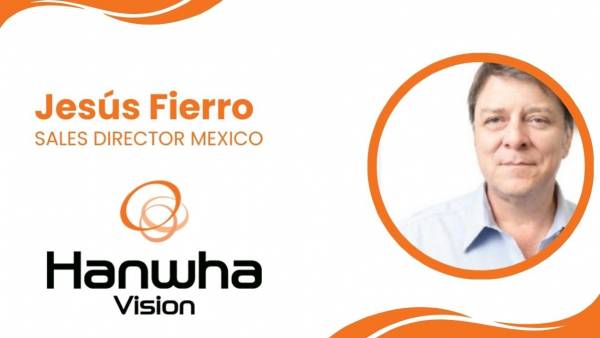
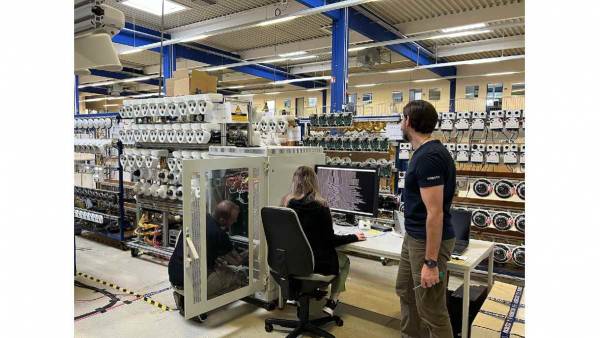
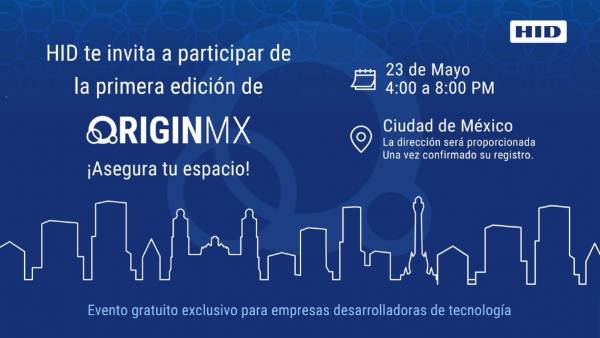














Leave your comment